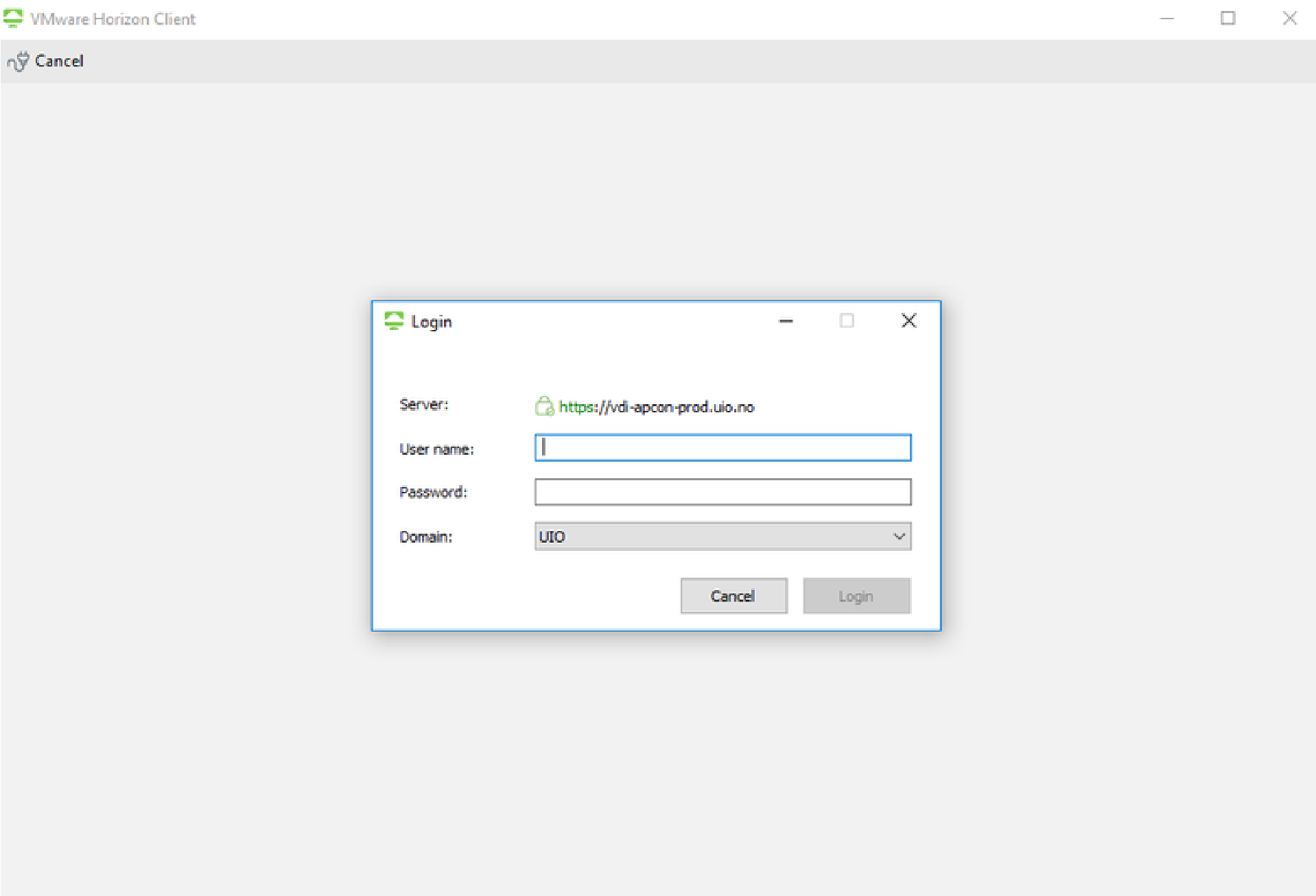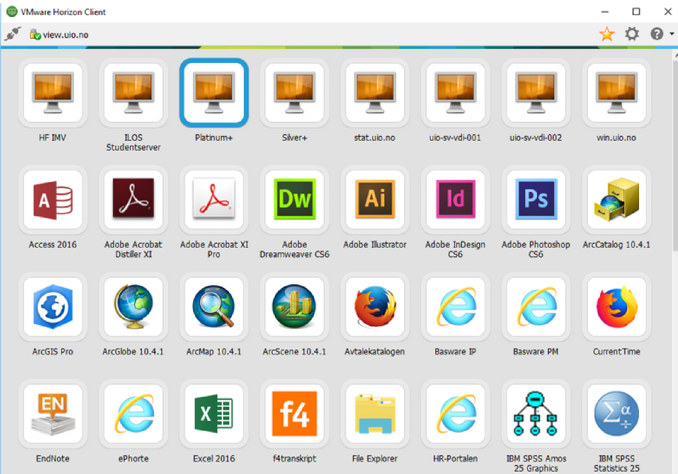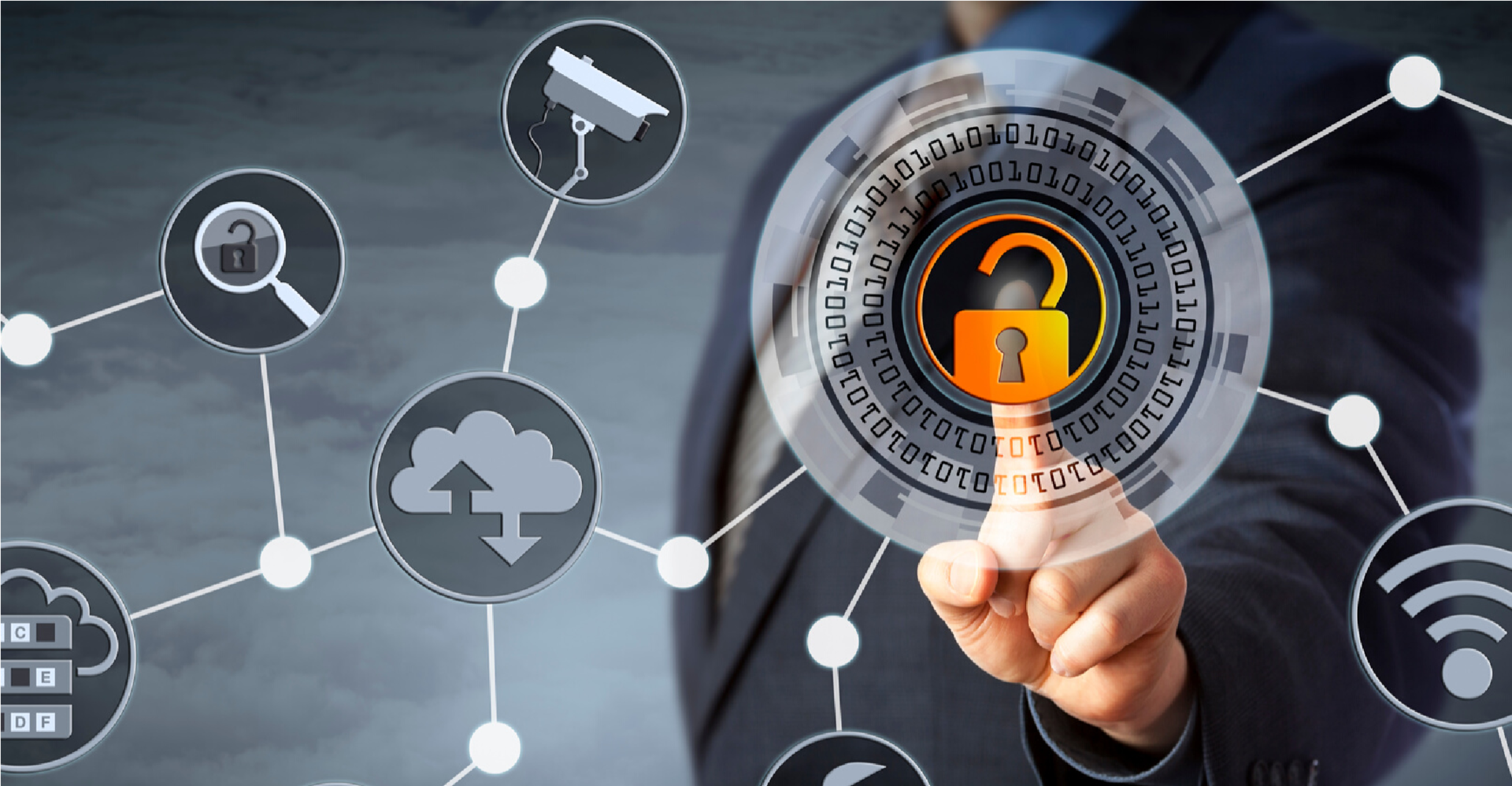Choosing an appropriate computational tool to analyze your data requires some thought as to the size of your data as well as the complexity and computational power required to perform your analysis. Additionally, you will need to consider the level of security required when it comes to the type of data you will be collecting. In the following section, we introduce the options available to you via UiO, as well as some of the considerations when determining what system is best for your computing needs.
TSD
TSD is a service not only dedicated to secure data storage, but is also used for analysis of data via a virtual machine (VM), similar to a VDI. If you are working with data that requires a high level of security and must be stored in TSD, then conducting your analysis within TSD is the only option unless you are able to sufficiently anonymize the data to the point where it can be safely removed from TSD (for example, by defacing or skull-stripping your MR-scans).
One accesses TSD through VMWare. A VM with much of the software one needs is available. When it comes to operating systems within TSD, you have a choice of Linux or Windows. It should  be noted that there is no access to the internet within TSD due to security concerns. Those who will edit video time series data or work with 3D modelling will want to request access to a VM via the eVIR project, which provides graphic acceleration through vGPU. Those using the eVIR project VMs also have access to more complex video editing and analysis tools. The programs available within TSD are also strictly limited. Some of the required applications may have to be added into the TSD VM. Researchers may make such requests via email to TSD. This process is described following the link below:
be noted that there is no access to the internet within TSD due to security concerns. Those who will edit video time series data or work with 3D modelling will want to request access to a VM via the eVIR project, which provides graphic acceleration through vGPU. Those using the eVIR project VMs also have access to more complex video editing and analysis tools. The programs available within TSD are also strictly limited. Some of the required applications may have to be added into the TSD VM. Researchers may make such requests via email to TSD. This process is described following the link below:
Utilizing other programs in TSD may take a bit of extra work on the user's end. For example, while R is available as an analysis tool in TSD, RStudio is not. Those who wish to use RStudio will have to install it themselves and pre-compile any packages that cannot be compiled in TSD. You may also request new programs to be added to TSD which are not currently available. Projects requiring more processing power can submit jobs to the HPC Collossus from within TSD using the Linux VM.
Requests for increases in storage, CPU and extra memory should be submitted to TSD by the project administrator.

Virtual Desktop Infrastructure (VDI)
University of Oslo’s VDI service provides researchers with a powerful virtual desktop environment that gives you access to the operating system, programs and packages you need to analyze your data. Although it does not have the computing power of a supercomputer (see Saga, below), it does have powerful processing capabilities and works well for those dealing with large amounts of data. Unlike TSD, internet access is available while using the VDI and you are able to access data stored on Lagringshotell, as well as your home directory M: drive.
VDIs are available to researchers with either Windows or Linux operating systems. Local IT will work together with you to meet your VDI needs. You needs may be met by a pre-existing VDI. If not, a VDI can be developed for your project. The VDI is accessible through VMWare, which can either be downloaded as a standalone app or used via a web browser. You will log in to your VDI using your UiO account and password.

VDI access via VMware Horizon Client. 
When you log out of your VDI, the machine falls out of existence until the next time you log in, however, when you return you will still have access to your data and the programs as before. If you remain logged in and simply disconnect from the project, the machine will continue as previously accessed and the data you are working on will continue to be processed. Unlike TSD, a VDI can be made available prior to the ethical approval of a project. Assuming that a VDI that meets your needs already exists, you may be granted access to your VDI in a matter of days from the time of request.

Supercomputer (SAGA)
Saga is a new supercomputer based at NTNU that replaces the previous Abel supercomputer. It is available for those who require greater computing power. Only projects at public Norwegian universities or publically funded projects are permitted to use the supercomputer. Saga is a Sigma2 system and researchers must formally request access to Saga through NOTUR/Sigma2.
The system’s main components include:
- 200 standard compute nodes, with 40 cores and 192 GiB memory each
- 28 medium memory compute nodes, with 40 cores and 384 GiB of memory each
- 8 big memory nodes, with 3 TiB and 64 cores each
- 8 GPU nodes, with 4 NVIDIA GPUs and 2 CPUs with 24 cores and 384 GiB memory each
- 8 login and service nodes with 256 cores in total
- 1 PB high metadata performance BeeGFS scratch file system
For more information:
Remote Access
There are several options for accessing both storage and analysis areas remotely. Which you use is a matter of which system and services you are trying to access, your operating system and personal preference.
M: drive and Lagringshotell remote access
You may remotely access files in your M: drive or Lagringshotell, as well as a suite of software available to UiO students and employees without the need to install them on your private machine using UiO Programkiosk. To use, you will need to have VMWare installed on the computer upon which you wish to access the files and/or software. The server you will enter into the log in window is http://view.uio.no. Your user name is your UiO user name and you will use the same passwork as well. This process is identical to that you would use to access a VDI (see page 15), however, if you haven't applied for access to a VDI, the VDI will not appear in the list of available programs. To access your M:drive, use File Explorer via VMWare.


UiO Programkiosk is just one way to access UiO servers remotely. You sign into Programkiosk using your UiO username and password.
Remote Desktop
Remote Desktop is a tool that permits remote access to a specific computer , most often your office computer. Remote Desktop allows you to use the programs you have installed on your office computer, to have access to your Home Area and other resources that are only accessible through machines at UiO. In order to set up Remote Desktop Use, you will need to contact local IT to configure the computer to which you wish to connect. The first time you log in after IT has changed the settings on your office computer, you will need to establish a connection file. IT will walk you through the process.
, most often your office computer. Remote Desktop allows you to use the programs you have installed on your office computer, to have access to your Home Area and other resources that are only accessible through machines at UiO. In order to set up Remote Desktop Use, you will need to contact local IT to configure the computer to which you wish to connect. The first time you log in after IT has changed the settings on your office computer, you will need to establish a connection file. IT will walk you through the process.
https://www.uio.no/english/services/it/home-away/rdp/
VDI and TSD remote access
To remotely access your VDI or TSD, you will need to have VMWare installed on the computer from which you wish to access the service. Alternately, you may use the VMWare HTML client to access TSD: